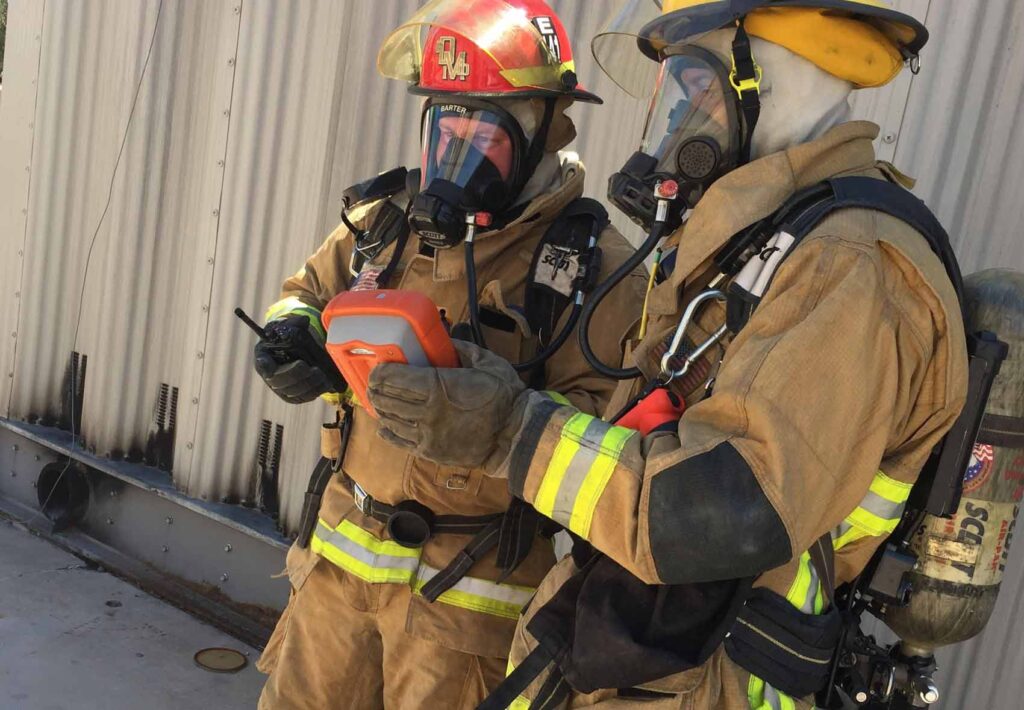CHRISTIANSTED — Responding to a series of refinery mishaps that has exposed St. Croix residents to nauseating fumes for a period of hours to days, a coalition of environmental advocacy organizations has asked U.S. Environmental Protection Agency Administrator Michael Regan to send an emergency response team to Limetree Bay to find out what the community is being exposed to.
Writing on behalf of the St. Croix Environmental Association, the Natural Resources Defense Council, Sierra Club, Center for Biological Diversity and Vermont Law School Environmental Justice Clinic, attorney Elizabeth Neville reminded the EPA chief that the agency sent its response team to St. John during a pesticide poisoning incident, going door-to-door to investigate who was harmed by the exposure.
“Since the refinery reopened this February, a fire, a series of large flaring events, chemical and oil releases, and an apparent lack of appropriate monitoring continue to compound a serious environmental injustice,” Neville wrote. “We feel that this situation now demands a similar response.”
Answering Tuesday after the second hazardous chemical release in a week, the EPA agreed.
“The EPA plans to send experts and staff to the facility as soon as this week to conduct a joint investigation,” the EPA’s statement read in part.
In addition to the immediate threats to residents’ health, the environmental groups contend that sulfur dioxide is not being monitored either at the smokestack or fence line, said Jane Williams, a refinery expert who chairs the Sierra Club National Clean Air Team.
In refinery lingo, monitoring emissions at the smokestack measures the pollutants that are being sent out over the region, while fence-line monitoring measures the release of pollutants to the refinery’s neighbors, according to the EPA. The group has pressed for more monitoring to protect the residents, who bear a disproportionate share of refinery accidents and are mostly black or Hispanic and poor, they say.
“If people had to shelter because of the release, the fumes clearly escaped the refinery boundaries,” Williams said. “The refinery is supposed to have monitoring systems to measure the sulfur dioxide around it, but the monitors are not operating. We are trying to get a team down there to check the emissions in real time.”
The EPA’s response unit provides around-the-clock assistance at the scene of hazardous substance releases. The groups believe air instrumentation that can sample chemicals on the spot will provide information and guidance to bring the St. Croix refinery into Clean Air Act compliance.
“Part of what EPA will learn in its site visits, inspections, and through its information requests, is the operational status of the facility,” the agency responded. “It is EPA’s objective to ensure that the facility operates in compliance with all applicable legal requirements without jeopardizing public health and the environment by its operations.”
On Friday, V.I. Department of Planning and Natural Resources Commissioner Jean-Pierre Oriol indicated that the odor coming from the refinery was an emission of hydrogen sulfide surpassing EPA limits.
After several schools sent sickened children home, the V.I. Health Department announced that the chemical release poses a serious public health threat.
But according to Limetree spokeswoman Erica Parsons, the release was “an unusually high level of sulfur dioxide” and posed no threat.
Parsons apologized to the community on Limetree’s behalf but provided no emissions data about either chemical. The nonprofits are concerned there is none.
“There is no question it [hydrogen sulfide] came out,” Williams said. “They do not have the equipment to measure hydrogen sulfide at the fence line. That is why we are trying to get the EPA’s field equipment down there.”
In February, Neville and the nonprofits challenged the EPA for allowing Limetree to restart the former HOVENSA refinery after an eight-year hiatus, as though it had never stopped. A special, Trump-era permit, called a PAL, provided the company would not have to modernize its pollution control equipment.
Although the EPA withdrew the permit under pressure, it continued to allow the refinery to operate and Williams says the nonprofits have been unable to get clear answers about what chemicals Limetree is releasing, at what levels, or how it’s monitoring them.
“We cannot even verify which permit they are actually operating under,” she said.
PAL permit or not, every refinery operates under a permit requiring compliance with Title V of the Clean Air Act, Williams explained. Limetree was allowed to assume HOVENSA’s 2012 permit, which technically would have expired in 2017. The EPA has issued new, stronger Title V rules since then — rules Williams helped draft to reduce emissions like what the St. Croix community likely experienced, she said.
If the V.I. government gives its approval, though, “Limetree can renew and continue to operate under HOVENSA’s old permit indefinitely,” she said.
The coalition hopes a call with EPA regulators Thursday will shed light on which Clean Air Act standards Limetree is operating under.
“The most worrisome thing about this whole situation is that refinery disasters on St. Croix are being normalized,” Williams said. “Chemical safety experts say these micro chemical disasters often precede a major disaster such as a fire or explosion.”
As part of the EPA’s inspection and review, the agency has demanded information from the refinery “to determine the level of the exceedances, the composition of the releases, the duration and cause of the incidents, the corrective actions taken or to be taken, the potential public health impacts, and how to best prevent future incidents,” its statement said.
In addition, the EPA has promised to work with the Virgin Islands government to providing regular information to the community and respond to its concerns more quickly.
This article originally appeared in The Virgin Islands Daily News. Read it here.

